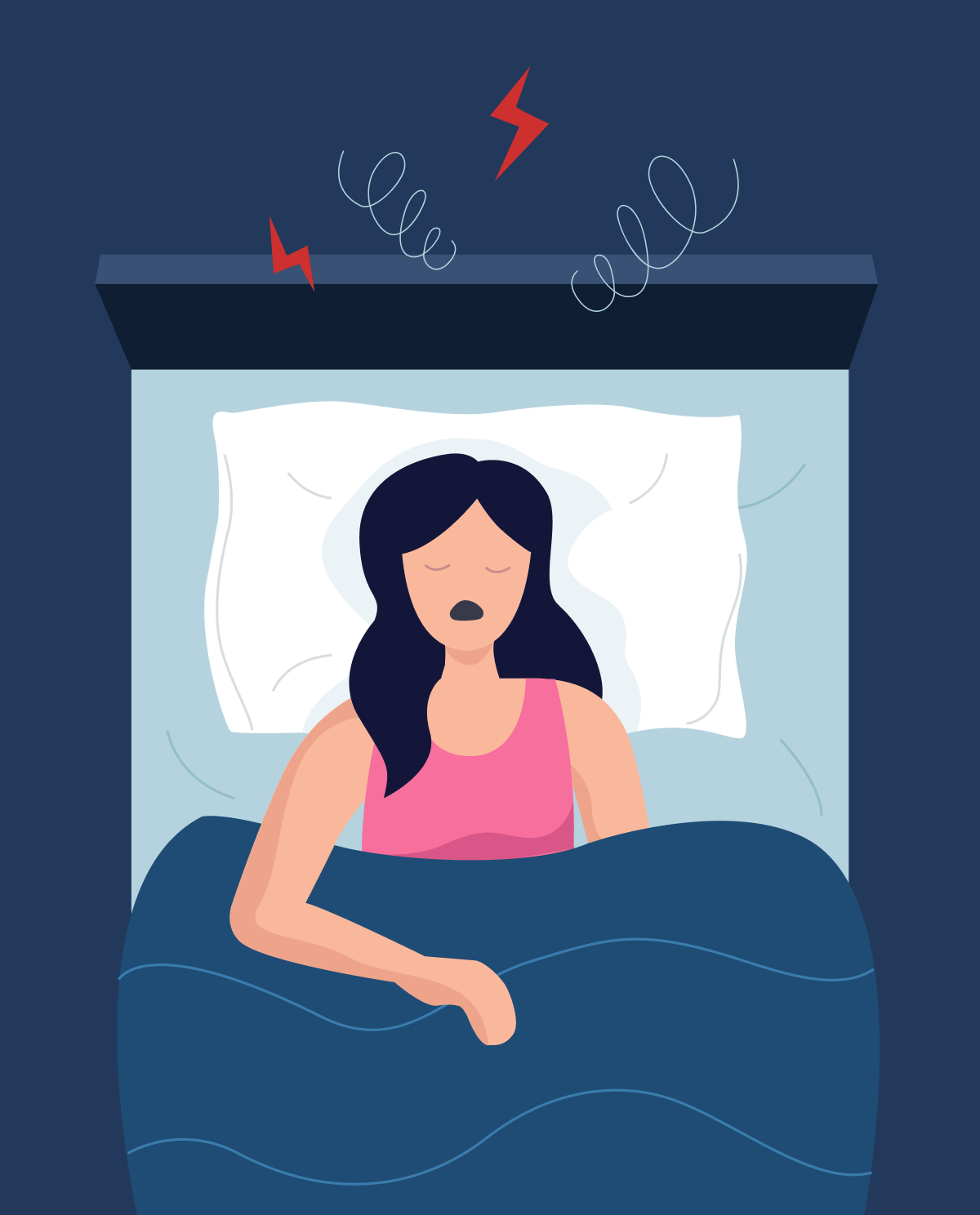Symptoms associated with prostate problems
- Urinary urgency even if a small amount of urine is expelled,
- Weak/wobbly urinary stream,
- Difficulty urinating,
- Frequent "need" of urinating,
- Painful ejaculation and/or urination,
- Bloody urine,
- Pain radiating to the scrotum and anus,
- Systemic signs (body aches, fever, and chills),
- Urinary irregularities in terms of color and odor,
- Inability to completely empty the bladder.
Common disorders of the prostate
- BPH (benign prostatic hyperplasia): the most common prostate disorder in men above the age of 50. As men age, the prostate enlarges resulting in the narrowing of the urethra thus decreasing urine output. If it is left untreated for a long period, it may result in UTIs, bladder stones, and kidney and/or bladder damage.
- Prostatitis: an inflammatory process within the prostate. The following can occur from bacterial origins or from injury. This condition usually occurs in males under the age of 50.
- Prostate cancer: after skin malignancies, prostate cancer is the most common malignancy in males. It has been shown to affect men around the age of 50 and older, has a heredity pattern, and is associated with a high-fat diet.
Diagnostic tests of the prostate
- DRE (digital rectal examination): during this procedure, to detect nodules, lumps, or any other abnormality, the physician inspects the prostate by inserting a finger in the rectum,
- Urine test to check for stones, blood, cells, or bacteria,
- PSA (prostate-specific antigen): This test screens for prostate cancer, higher amounts of this protein correlate with increased chances of cancer,
- Biopsy: if cancer is suspected after the DRE or PSA levels, a biopsy will be taken in order to check for malignant cells,
- Transrectal ultrasound,
- MRI of the prostate.
Treatment options
- BPH: alpha-blockers; tadalafil; 5-alpha reductase inhibitors.
- Prostatitis: antibiotic treatment accompanied by medication that will help with urine flow (alpha-blockers), and pain.
- Prostate cancer: surgical excision (prostatectomy), radiation therapy, and hormonal therapy.








